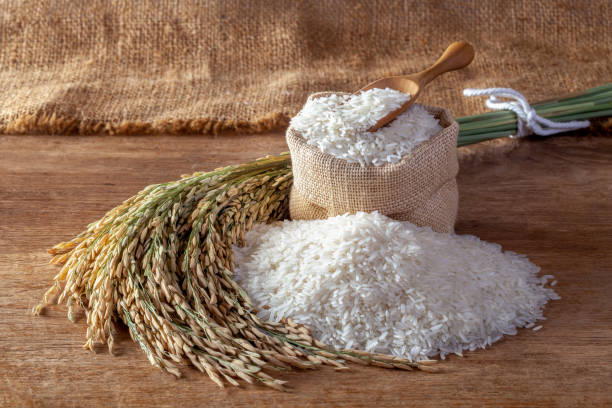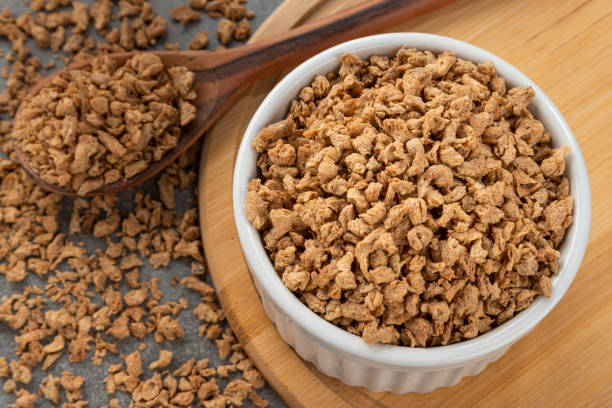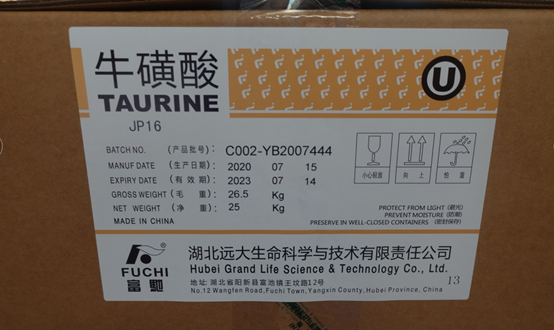Białko roślinne kontra białko mięsne: Głębokie zanurzenie w odżywczych potęgach
Protein Is One of the Main Macronutrients
Protein is one of the main macronutrients and is found in pretty much everything we eat; however, not all sources of protein are created equal. With current trends in vegetarian, vegan, and flexitarian lifestyles, plant protein sources have been increasingly spotlighted for their health and environmental benefits. At the same time, conventional animal-based proteins continue to prevail because they offer complete amino acid profiles with high bioavailability.
What Are Proteins?
Proteins are huge, compound molecules that play a very important role in building the body and its functioning, as well as regulating different processes. They are made up of amino acids; out of these, nine essential amino acids must be provided through diet because they cannot be synthesized by the body. A “complete protein” has all 9 essential amino acids in adequate proportions.

Meat Protein: The Traditional Benchmark
Animal proteins, such as beef, chicken, pork, and fish, have traditionally been viewed as complete proteins. They supply all the essential amino acids required by humans in ideal proportions.
Key Properties of Meat Proteins:
- High Biological Value (BV): Digestibility of meat proteins is excellent,t and the utilization of these proteins by the human body is also efficient.
- Rich Nutrient Profile: Supplies iron (heme), vitamin B12, zinc, and omega-3 fatty acids (especially in fish).
- Muscle Building: Chosen by athletes and bodybuilders for muscle repair and growth due to superior anabolic effects.
Potential Concerns:
- Fat and Cholesterol: Especially in red and processed meats, linked to heart disease.
- Cancer: Processed meats are identified as carcinogenic by the WHO and are associated with colorectal cancer.
- Environmental Impact: Livestock farming contributes to greenhouse gases, deforestation, and water use.
Plant Proteins
Legumes contain beans, lentils, and peas; grains include quinoa, rice, and oats; nuts and seeds comprise chia, flax, and almonds; spirulina is an algae. Plant proteins have become a trend with health benefits and sustainability in view, owing to the rise in the popularity of plant-based diets.
Advantages of Plant Proteins:
- Lower in Saturated Fat: Saturated fat content and cholesterol are almost none in plant proteins.
- High in Fiber: Plant proteins contain dietary fiber, aiding digestion and reducing cholesterol.
- Bioactive Compounds: Many plants provide anti-inflammatory and disease-preventing properties.
- Environmentally-friendly: Less land, water, and energy required compared to meat production.
Limitations:
- Digestibility: Some contain antinutrients that lower nutrient absorption.
- Protein Density: Lower than meat per gram; often requires larger portions or combinations.

Spirulina: A Plant-Based Superfood
Spirulina is a type of blue-green algae and an excellent source of protein from the plant kingdom. It contains about 60% proteins by weight and comprises all the essential amino acids. It is rich in vitamins B1, B2, B3, copper, iron, and antioxidants like phycocyanin that support immunity and reduce inflammation.
Other Superfoods:
- Hemp Seeds: Complete protein; source of omega-3s.
- Quinoa: Grain-like seed with complete protein.
- Chia Seeds: High in protein, fiber, and healthy fats.
- Lentils & Chickpeas: High in protein and fiber; ideal for balanced meals.
Health Implications: Plant vs. Meat Protein
Cardiovascular Health:
Plant proteins are associated with a lower risk of cardiovascular diseases. Legume-rich diets lower blood pressure and improve cholesterol. High red and processed meat intake increases cardiovascular risk.
Cancer Risk:
Plant-based diets may reduce certain cancer risks due to antioxidants and phytochemicals. Processed meats are linked to colorectal and gastric cancers.
Weight Management:
Plant proteins promote satiety through fiber, aiding weight loss or maintenance. Meat protein also satisfies hunger but with higher fat content.
Kidney Function:
High intake of animal proteins may strain kidney function. Plant proteins exert less acid load, making them easier on the kidneys.
Bone Health:
Plant-based sources like leafy greens, almonds, and fortified plant milks support bones. Lower acid load from plant proteins may reduce calcium loss.

Wpływ na środowisko
- 1 kg of beef = 27 kg CO2 equivalent; 1 kg lentils = 0.9 kg CO2 equivalent
- Livestock farming uses 30% of arable land, a major driver of deforestation
- Plant protein production uses less water and energy
Athletic Performance on Plant-Based Diets
Athletes do not need meat to perform well. Many thrive on plant-based diets with proper planning:
- Mix complementary proteins (e.g., rice + beans)
- Use complete plant proteins (soy, spirulina, pea isolates)
- Ensure adequate calories and protein intake
Economic Accessibility and Global Food Security
- Plant proteins are cheaper and more widely accessible
- Legumes and grains are cost-effective and nutrient-dense
- Diversifying protein sources reduces pressure on livestock systems
Plant and meat proteins both have strengths. Meat is nutrient-dense and bioavailable; plants are health-enhancing, sustainable, and ethical. The flexitarian diet offers a balanced approach, combining the benefits of both. Prioritizing quality plant proteins like spirulina, hemp, and quinoa improves nutrition and reduces environmental impact.
Whether you’re improving your health, making policy decisions, or developing food products, understanding the difference between plant and meat protein is essential for future-ready, informed choices.



